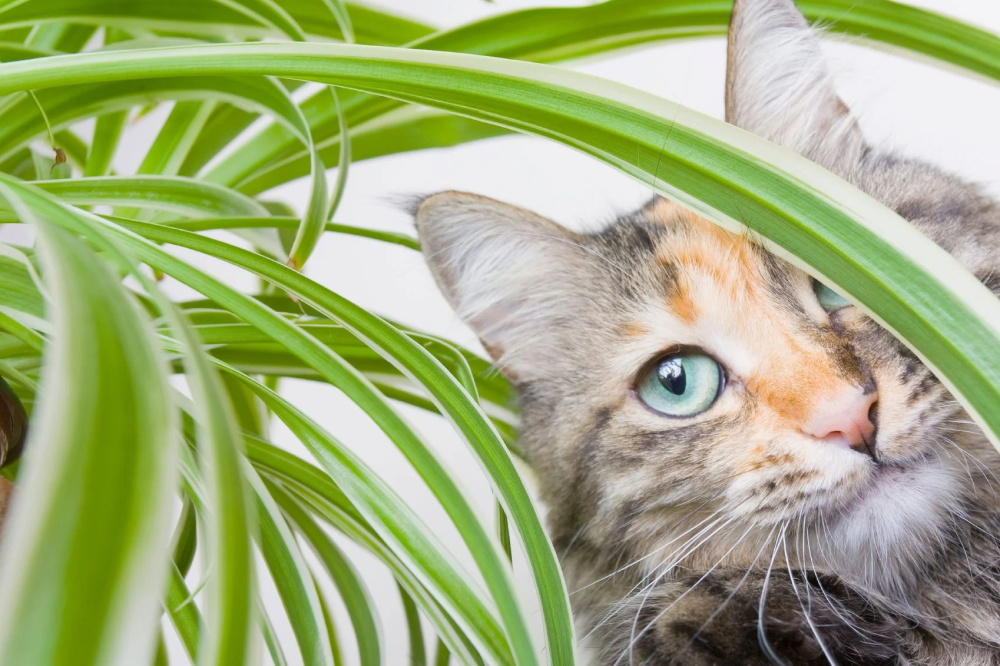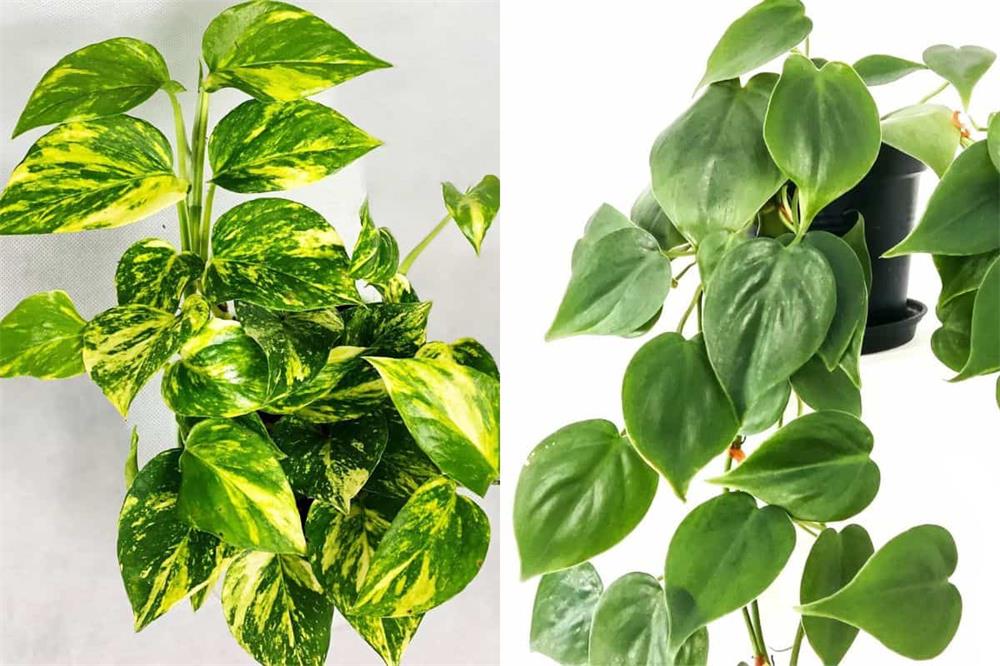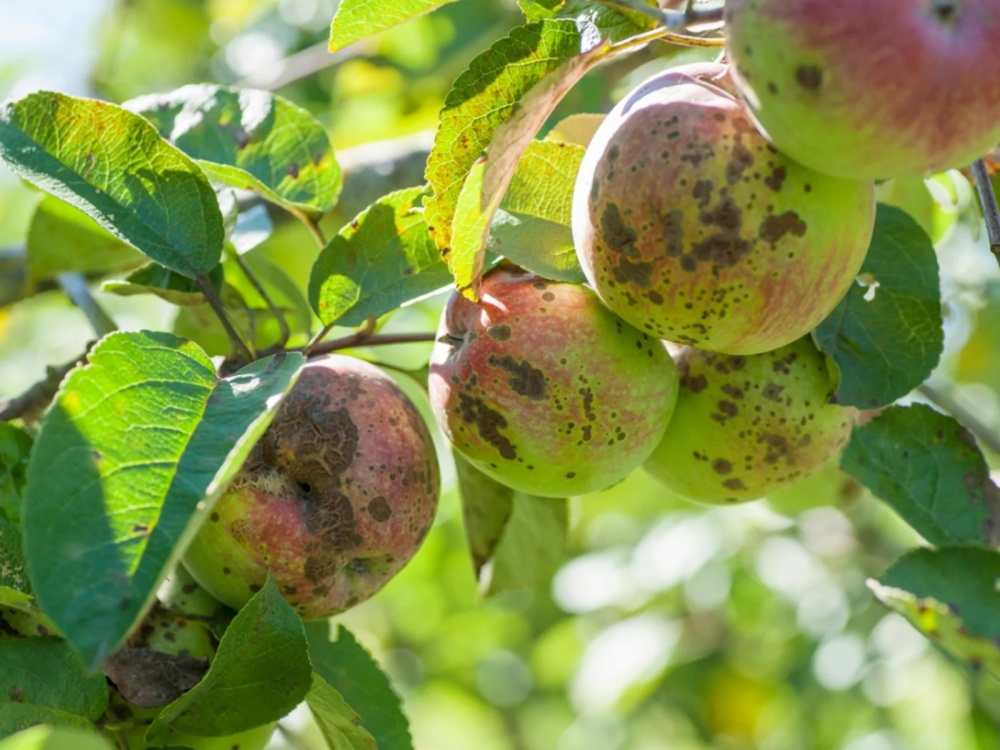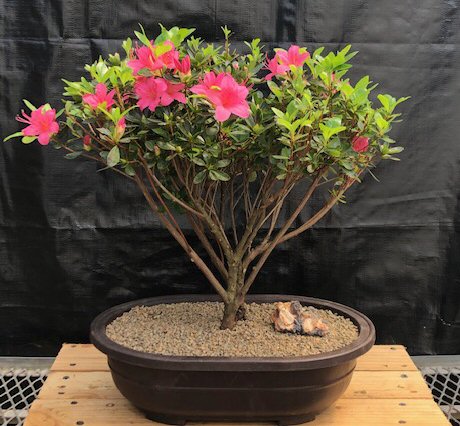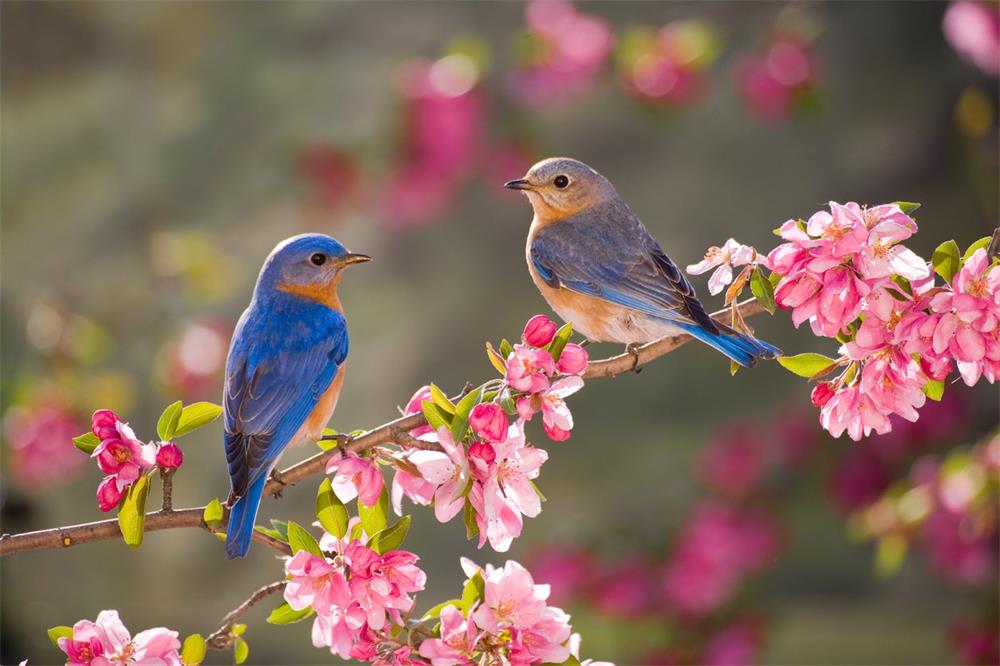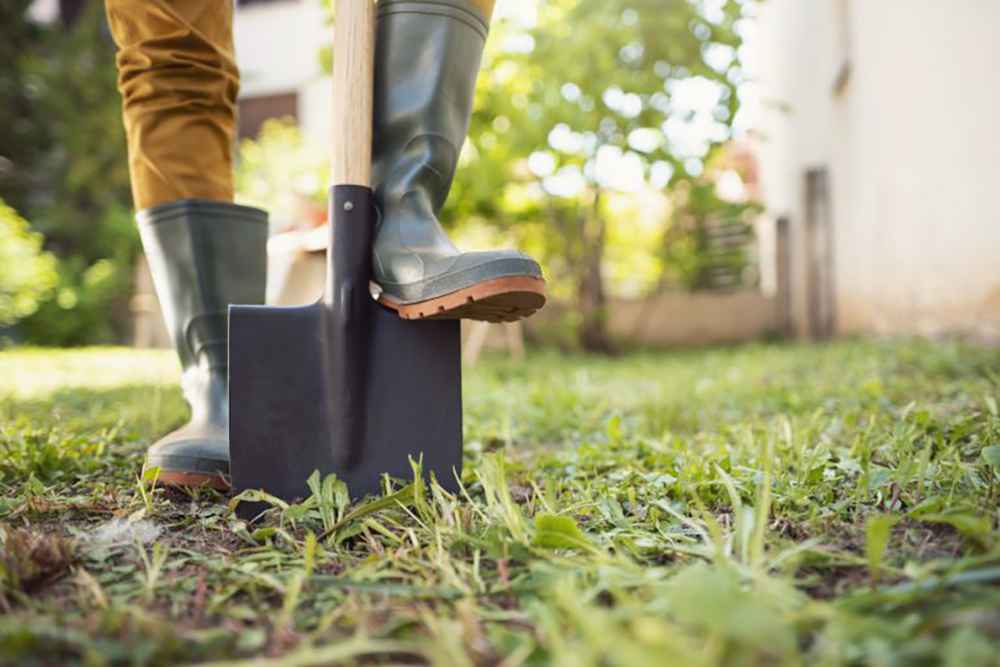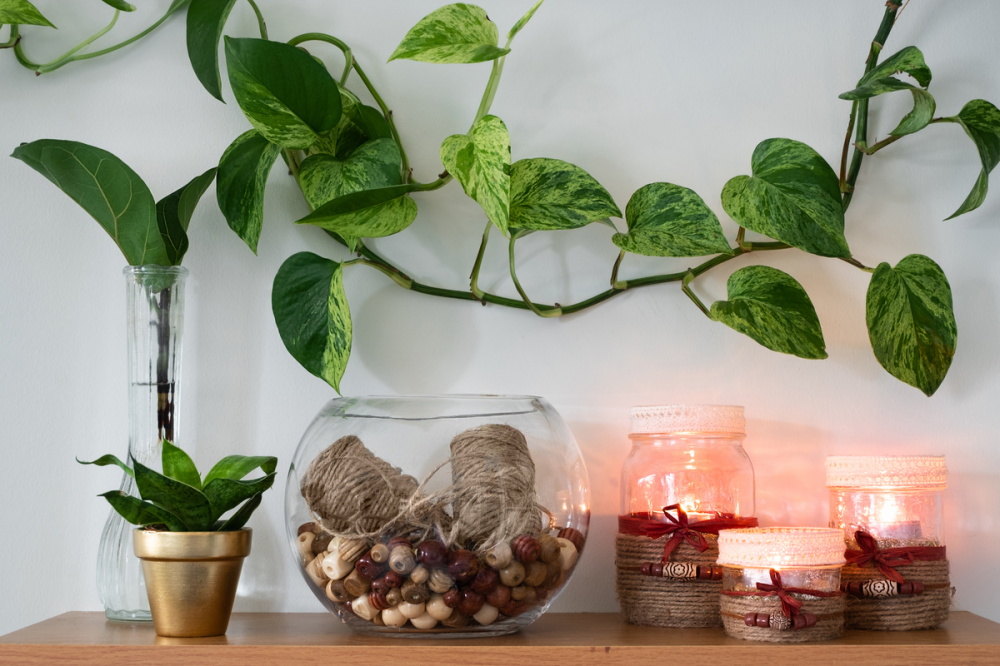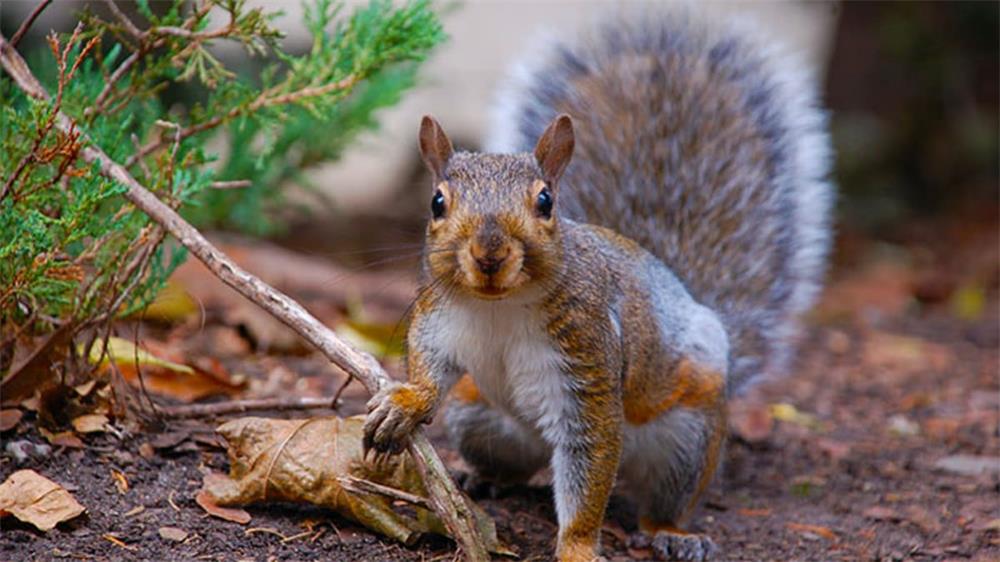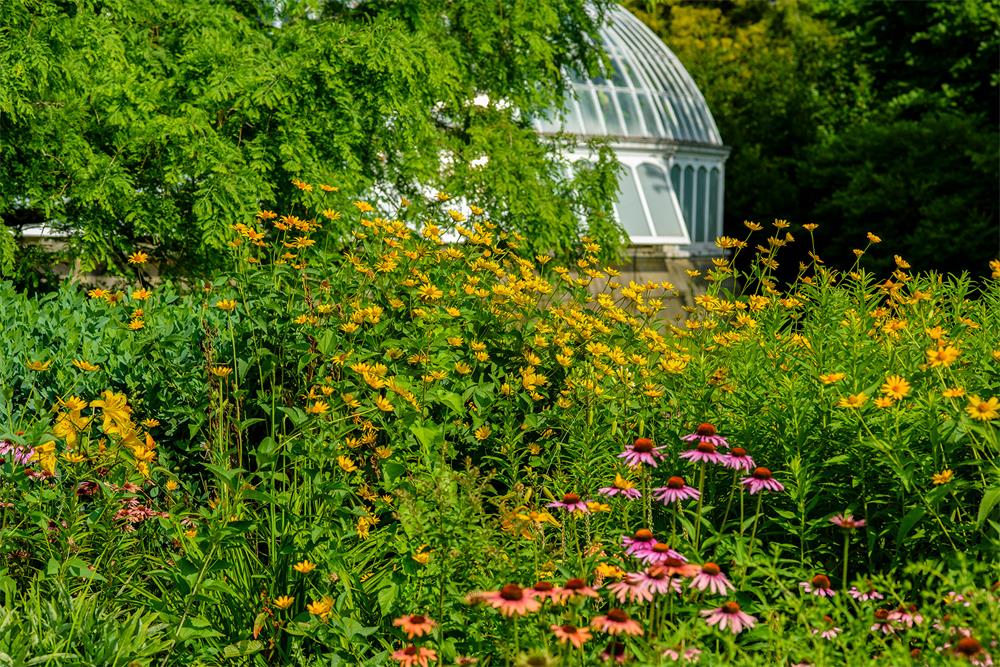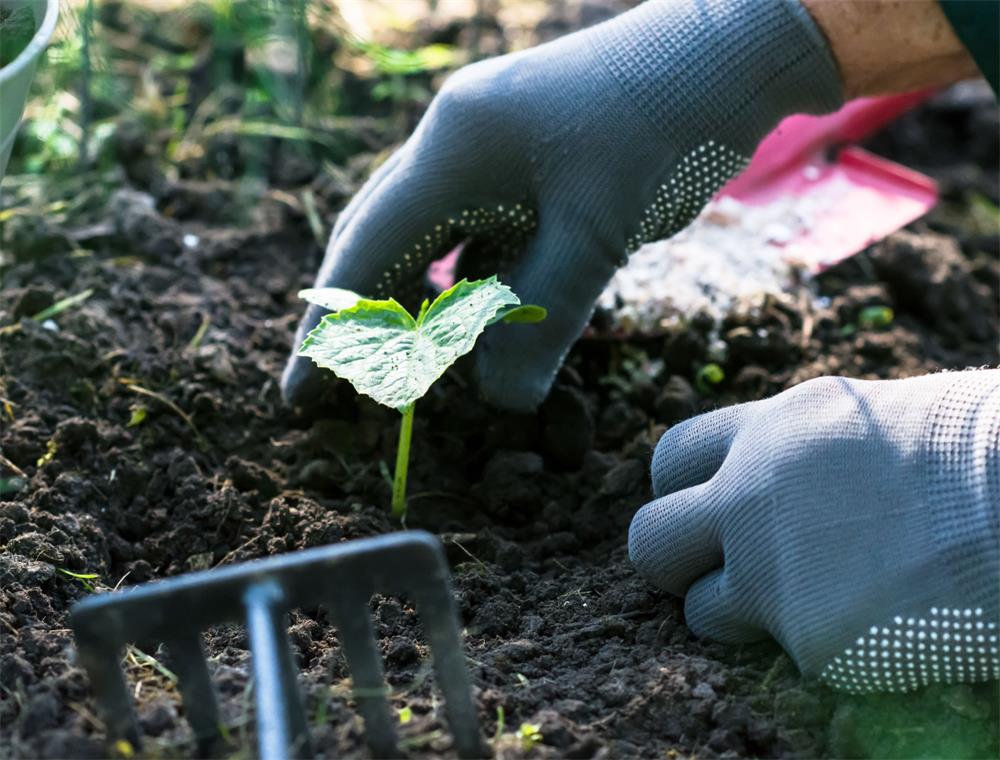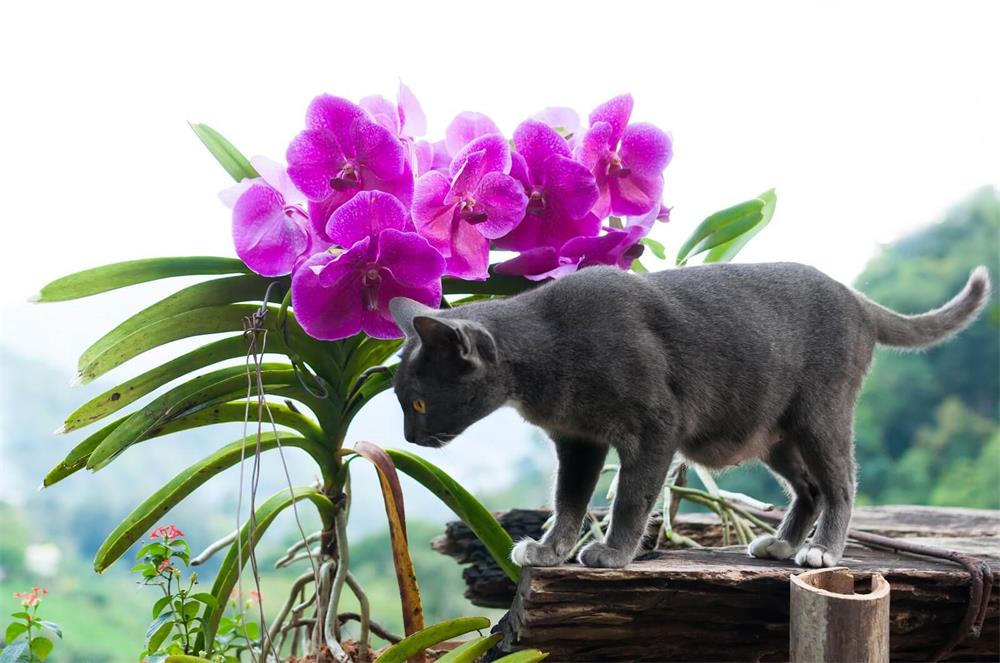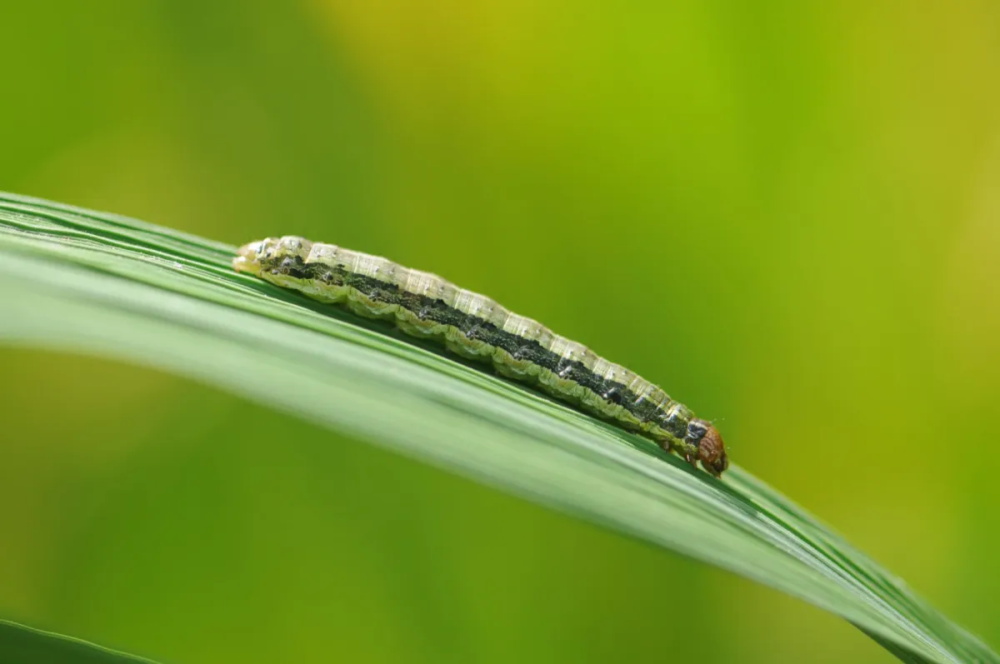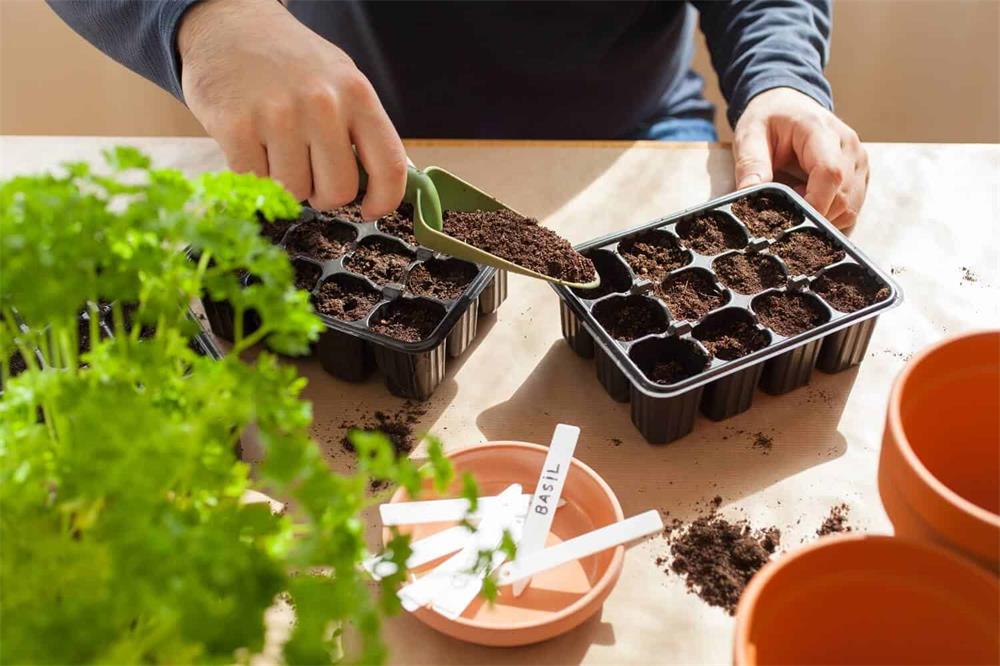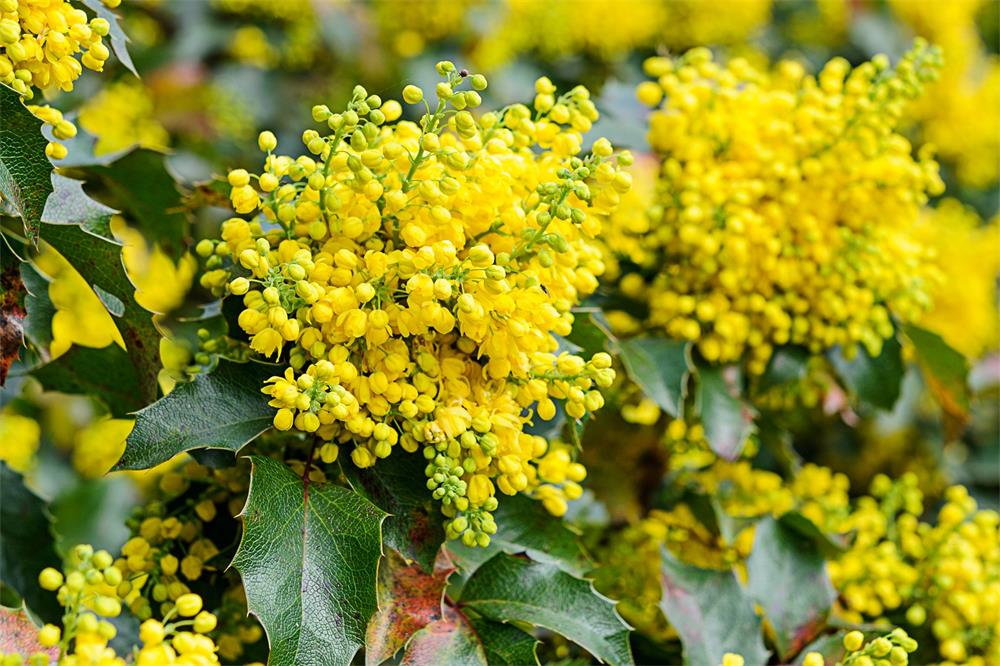
Table of Contents
Mahonia is a genus of evergreen shrubs that belong to the barberry family. They are native to eastern Asia, North and Central America. Mahonia plants have holly-like leaves, fragrant yellow flowers and purple or black berries. They are attractive to pollinators and birds, and can provide year-round interest and privacy in the garden.
In this article, you will learn how to grow and care for mahonia plants, including how to choose the right type, how to plant, prune and propagate them, how to deal with common diseases and pests, and how to enjoy their benefits.
Types of Mahonia
There are more than 70 species of mahonia, but only a few are suitable for growing in different climates and conditions. Here are some of the most popular types of mahonia:
- Oregon grape (Mahonia aquifolium): This is the most common and widely grown mahonia species. It has spiny, glossy green leaves that turn red or purple in the fall. It grows up to 10 feet tall and 5 feet wide, and produces clusters of bright yellow flowers in late winter or early spring, followed by blue-black berries that are edible but sour. It is hardy in USDA zones 5-9.
- Leatherleaf mahonia (Mahonia bealei): This is a large and imposing mahonia that can reach up to 15 feet tall and 10 feet wide. It has long, leathery leaves that are divided into leaflets with spiny margins. It produces fragrant yellow flowers in late winter or early spring, followed by blue-black berries that are also edible but sour. It is hardy in USDA zones 6-9.
- Creeping mahonia (Mahonia repens): This is a low-growing mahonia that spreads by underground stems. It has small, oval leaves that are green above and blue-gray below. It produces yellow flowers in spring, followed by blueberries that are attractive to birds. It is hardy in USDA zones 5-8.
- Chinese mahonia (Mahonia fortunei): This is a compact and graceful mahonia that grows up to 5 feet tall and wide. It has narrow, dark green leaves that are finely toothed. It produces fragrant yellow flowers in fall or winter, followed by red berries that turn black when ripe. It is hardy in USDA zones 7-9.
- Lomaria mahonia (Mahonia lomariifolia): This is a statuesque and tropical-looking mahonia that can grow up to 12 feet tall and 8 feet wide. It has large, glossy green leaves that are divided into leaflets with spiny tips. It produces fragrant yellow flowers in late fall or winter, followed by blue-black berries. It is hardy in USDA zones 8-10.
How to Plant Mahonia
The best time to plant mahonia is in spring or fall when the temperatures are mild². Choose a location that has partial shade and protection from strong winds. Mahonia can tolerate full sun or deep shade, but may become leggy or scorched in these conditions.
Mahonia is not fussy about the soil type, as long as it is moist and well-drained. It can grow in sandy, loamy or clay soils, and across various pH levels. However, it prefers slightly acidic soil with organic matter added.
To plant mahonia, dig a hole twice as wide and as deep as the root ball of the plant. Loosen the soil at the bottom of the hole and mix some compost or peat moss with it. Place the plant in the hole so that the top of the root ball is level with the soil surface. Fill the hole with soil and water well. Mulch around the plant with bark chips or pine needles to conserve moisture and prevent weeds.
How to Care for Mahonia
Mahonia is a low-maintenance shrub that does not require much attention once established. Here are some tips on how to care for mahonia:
- Water: Mahonia needs regular deep watering while establishing (especially during the first year), although you should avoid waterlogging. Once established, they are drought-tolerant and will usually only need watering when there are hot, dry spells. Watering every fortnight in summer and once a month in winter, if it doesn’t rain, is recommended. Mulching around the base of the plant will help retain moisture and prevent weeds.
- Fertilizer: Mahonia does not need much fertilizer, but you can apply a slow-release, balanced fertilizer (such as 8-8-8 or 5-10-5) in spring at the rate of 1 pound per 100 square feet of planting area. Avoid fertilizing in late summer or fall, as this can stimulate new growth that may be damaged by frost.
- Pruning: Mahonia does not require much pruning, but you can prune it to reduce the size or leggy growth, cutting selected stems to the ground or to a node. The best time to prune mahonia is after flowering, usually in late spring or early summer. You can also remove any dead, diseased or damaged branches at any time of the year.
- Pests and Diseases: Mahonia is generally pest-free and deer-resistant. However, it may be occasionally bothered by aphids, scale insects, spider mites or leaf miners. You can control these pests by spraying with insecticidal soap or horticultural oil. Mahonia may also suffer from fungal diseases such as powdery mildew or rust. You can prevent these diseases by providing good air circulation and avoiding overhead watering. You can treat them with fungicides if necessary.
How to Propagate Mahonia
There are two main ways to propagate mahonia: by seeds or by cuttings.
- Seeds: Mahonia seeds are contained in berries that ripen in summer or fall. You can collect the berries when they are soft and squeeze out the seeds. Wash the seeds and dry them on paper towels. Store them in a cool, dry place until spring. Sow the seeds in pots filled with moist seed-starting mix. Cover them lightly with soil and keep them in a warm place. Germination may take several weeks or months. Transplant the seedlings to larger pots when they have two sets of true leaves. Harden them off before planting them outdoors.
- Cuttings: Mahonia cuttings can be taken from semi-hardwood stems in late summer or early fall. Cut 4- to 6-inch-long stems with at least three leaf nodes. Remove the lower leaves and dip the cut end in the rooting hormone. Insert the cuttings in pots filled with moist sand or perlite. Cover the pots with plastic bags and keep them in a bright place out of the direct sun. Mist the cuttings regularly and check for roots after six weeks. Transplant the rooted cuttings to larger pots and grow them until they are ready to be planted outdoors.
How to Grow Mahonia in Pots
Mahonia can also be grown in containers if you have limited space or want to move them around. Choose a large pot with drainage holes and fill it with a well-drained potting mix. Plant your mahonia at the same depth as it was in its original pot. Water the well and place the pot in a partially shaded spot. Water your potted mahonia regularly, but do not let it sit in waterlogged soil. Fertilize your potted mahonia once a month during the growing season with a liquid fertilizer diluted to half-strength. Prune your potted mahonia as needed to maintain its shape and size. Protect your potted mahonia from freezing temperatures by moving it indoors or covering it with a frost cloth.
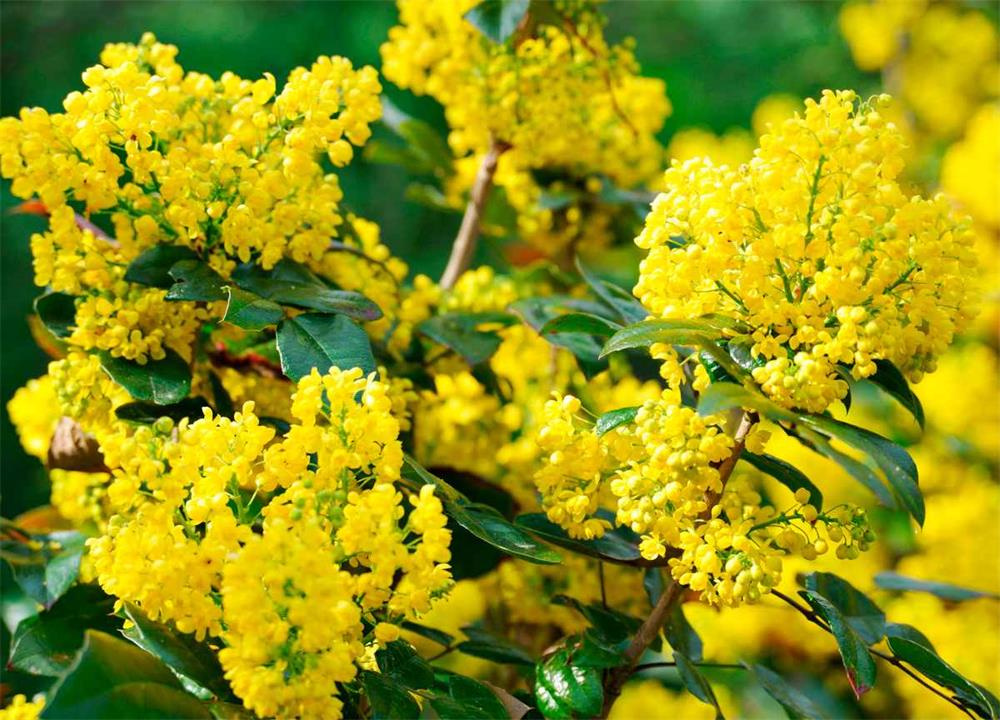
Benefits of Mahonia
Mahonia has many benefits for your garden and wildlife. Here are some of them:
- Beauty: Mahonia adds beauty and interest to your garden throughout the year with its evergreen foliage, fragrant flowers and colorful berries.
- Privacy: Mahonia can be used as a hedge or screen to provide privacy and security for your garden and home. Mahonia has spiny leaves that deter deer and other unwanted visitors.
- Wildlife: Mahonia attracts pollinators such as bees and butterflies with its fragrant flowers. Mahonia also provides food and shelter for birds and small animals with its berries and foliage. Some birds that enjoy mahonia berries include robins, waxwings, thrushes and jays.
- Health: Mahonia has many health benefits, especially due to its berberine content. Berberine is an alkaloid that has antimicrobial, anti-inflammatory, anticonvulsant, hypotensive and sedative effects. Mahonia has been used to treat various conditions such as stomach ulcers, dysentery, jaundice, peptic ulcers, skin infections, psoriasis, acne, eczema and more. Mahonia also has antioxidant activity that can protect against oxidative stress and cancer. However, mahonia should not be taken internally without medical supervision, as it may have side effects and interactions with other drugs.
- Beauty: Mahonia can be used to make natural dyes for fabrics and cosmetics. The berries can produce a purple dye, while the roots can produce a yellow dye. Mahonia can also be used to make fragrant potpourri or sachets with its flowers and leaves.
Summary
Mahonia is a versatile and valuable shrub that can enhance your garden and your health. It has evergreen foliage, fragrant flowers and colorful berries that provide beauty and interest throughout the year. It can also serve as a privacy hedge or a wildlife habitat. It has many health benefits due to its berberine content, but it should be used with caution and under medical guidance. It can also be used for natural dyeing and aromatherapy purposes. Mahonia is easy to grow and care for, as it can tolerate various soil types and light conditions. It needs regular watering while establishing, but becomes drought-tolerant once established. It does not need much fertilizer or pruning, but may need protection from frost or pests. It can be propagated by seeds or cuttings, or grown in containers if desired.



